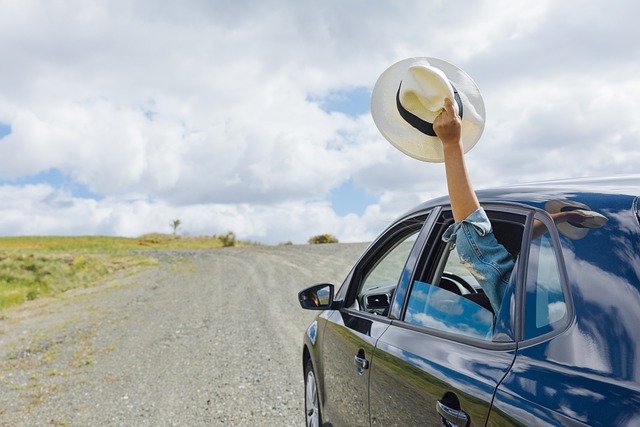
You’ve waited through a long winter and now that spring is here, you and your family can’t wait to do some traveling! When kids have time off from school for spring break, it provides a great opportunity to take a road trip together to enjoy warmth and sunshine.
Whether your destination is South Carolina, Florida, Texas or the craggy coastline of California, you’ll want to be sure that your car is ready for the long haul. You’ll want to do everything you can to avert an emergency situation and to be certain that if one does pop up; you’ll have it under control. Switching to cheap car insurance that has the coverage you need to keep your family safe and protected is the first step in planning a successful trip.
Test the Electrical Equipment
The last thing you want if you encounter a spring rainstorm on the road is windshield wipers that have stopped working. Before leaving, and as part of the preparation, check that the turn signals, power windows, and windshield wipers are all working properly. While you’re there, be certain that the windshield wipers are not ripped or torn and if they are, replace them. Don’t forget the back wiper, too!
Check all Fluid Levels
A vehicle requires many components to run well, and this includes maintaining proper fluid levels. Check that the antifreeze, wiper fluid, transmission fluid and engine oil are all at full levels before embarking.
Test the Battery
Generally, people only worry about their car battery failing during the winter time. And while the cold can render it useless, you still need to make sure it currently holds enough voltage to get you to your destination and back home.
– Before testing, put off driving for a few days if possible. This will help determine if the battery is able to hold a charge even after a period of not being used.
– Connect the battery tester. The red plastic cover is clipped to the battery’s positive terminal, while the black cable clip is connected to the negative terminal. When they are both connected, turn on the tester.
– Most car batteries are 12-volt, but will depend on the actual state of the charge. If the battery tester reads 12.6 volts are more, the battery is in good shape. If it reads 12.4 volts, it’s running at about 75% and less than 12 volts implies a weak charge and will likely need replacing.
Take a Good Look at the Tires
While you never know what you may run over on your trip of many miles, you can make sure ahead of time that your tires start out in good working condition. Check the air pressure in all of the tires (you can find the proper air pressure for the tires on the inside of the driver’s door for newer cars). Usually, it’s between 32 and 35 psi. You’ll also want to check the tire tread; three-fourths inches will provide safe and secure traction. Consider rotating tires before leaving on your trip, and remember to check the condition of the spare tire, too.
Get an Oil Change
If the vehicle’s oil hasn’t been changed in a couple of thousand miles or more, consider getting it changed even if it’s slightly before schedule. Clean oil running through your vehicle’s engine is a necessity if it is required to work several hours for many days to keep the engine healthy.
Pay Attention to the Brakes
If you hear grinding, whirring or feel any type of vibration upon braking, you’ll want to take your car in to get the brakes inspected. The mechanic will test the shoes and drums, rotors and pads, and check for any fluid leaks. With brakes, it’s definitely a better safe than sorry situation.
Stock the Car with Emergency Supplies
There might not be a lot of room after everyone has piled their suitcases in the trunk but you’ll want to include an emergency supply kit on your trip. Depending on where you’re headed, your family could be at risk of running into virtually any type of weather, so prepare fully ahead of time and include:
- A flashlight with extra batteries
- Bottled water
- Booster cables
- Emergency flares
- Rain ponchos
- First-aid kit
- Non-perishable snacks – for you, the kids, and any pets you’re bringing along
These days, we rely heavily on GPS to get us to where we want to go. Keep in mind that not every square mile in the United States will connect with your car’s GPS. Take along paper maps just in case you run into an area that isn’t connected. And, most importantly, plan to have a great trip!
